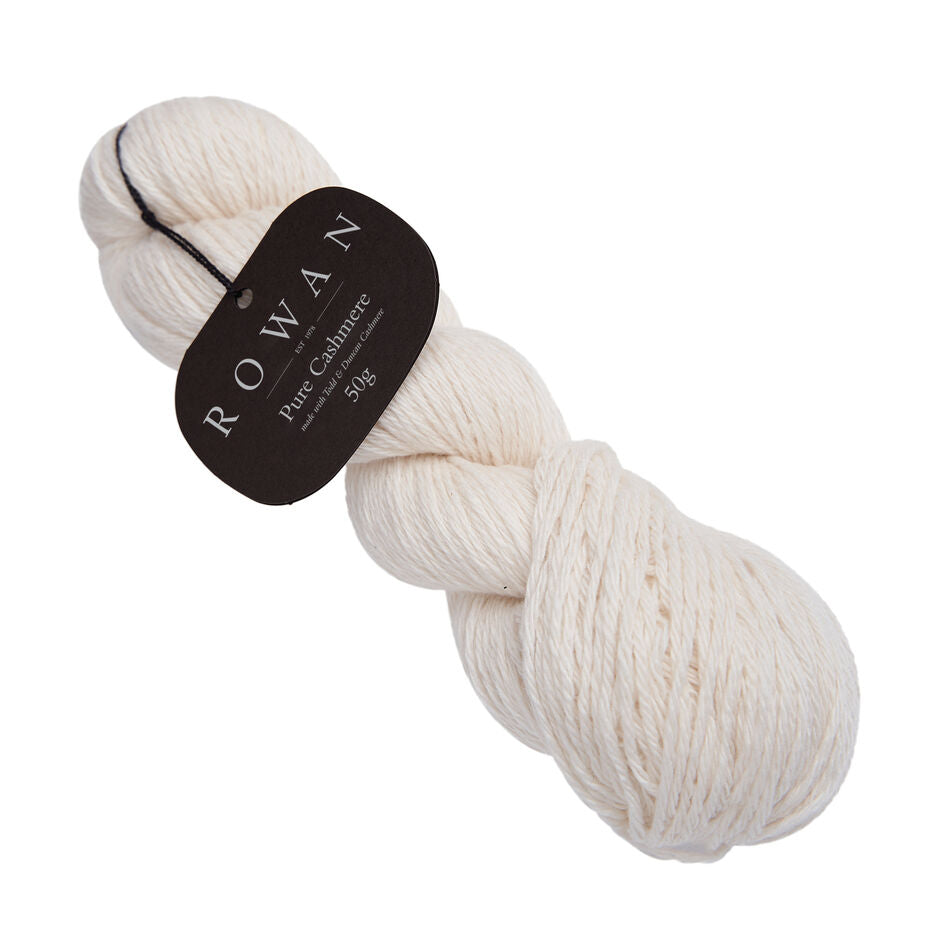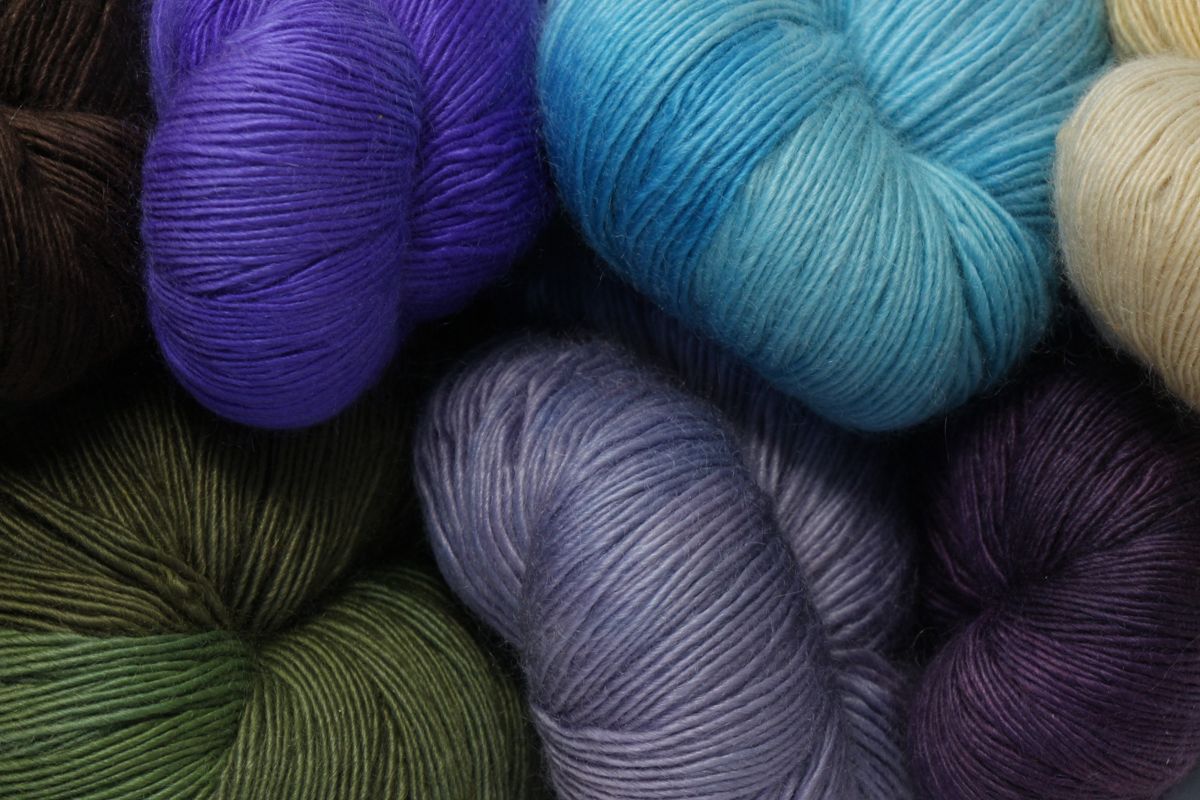How to Care for Your cashmere Garments and Keep Them Fresh
How to Care for Your cashmere Garments and Keep Them Fresh
Blog Article
Comprehending the Various Types of Cashmere an All-natural Fiber and Their Distinct Benefits

The Origins of Cashmere: A Historical Review
While the glamorous touch of cashmere remains to beauty modern customers, its origins trace back to the rough, chilly climates of Mongolia and the Himalayas. For centuries, the indigenous individuals of these regions have been elevating Capra Hircus goats, the prime source of cashmere wool. These goats, resistant against the serious winters, grew a fine undercoat to endure, which later on became called cashmere. The name itself admires Kashmir, an area in India where the woollen was initially refined. Much of the very early cashmere profession course was assisted in by the Silk Roadway, linking Asia with the Center East and Europe. Regardless of its worldwide spread, the finest cashmere is still believed to stem from the initial areas of Mongolia and the Himalayas.

The Production Refine: From Goat to Garment
Shearing a Capra Hircus goat marks the creation of the detailed cashmere production process. This fragile treatment generally takes place yearly during spring. The penalty, soft undercoat is then divided from the coarser external hair, a procedure referred to as dehairing. The resultant raw cashmere is after that cleaned to remove contaminations such as vegetable, grease, and dirt matter.
The clean fiber goes through coloring, rotating, and weaving, or knitting, to change it right into a fabric. Complicated procedures such as high quality control checks and ending up procedures adhere to, guaranteeing the end product maintains the extravagant standard expected of cashmere. This meticulous procedure, from goat to garment, validates the high expense connected to cashmere products, making them a symbol of luxury and improvement.
The Numerous Kinds of Cashmere: An Extensive Analysis

The Unique Advantages of Cashmere: Comfort and Sustainability
Relocating from the variety of cashmere types to the advantages they provide, comfort and sustainability stand apart prominently. Cashmere, a natural fiber, is renowned for its unmatched softness, offering a level of comfort that artificial fibers can not match. The material's agility, yet remarkable warmth retention, makes it perfect for all seasons. Cashmere's all-natural elasticity enables it to return to its original shape, making it immune to extending or reducing.
When it concerns sustainability, cashmere is eco-friendly and biodegradable, as it's harvested from cashmere goats that regrow their layers each year. what is cashmere. Unlike artificial fibers which can take hundreds of years to break down, cashmere's effect on the atmosphere is minimal. This combination of convenience and sustainability makes cashmere a valuable option for mindful consumers

Caring for Your Cashmere: Maintenance and Preservation Tips
While cashmere is most certainly a lasting and lavish selection, it requires specific care to maintain its quality and prolong its life expectancy. To begin, cashmere must be hand cleaned utilizing chilly water and a light cleaning agent. Cashmere products must be kept in a cool and dry location, away from straight sunshine and moisture.
Purchasing Cashmere: Comprehending Its Value and Worth
Although cashmere may initially feel like an expensive financial investment, its lasting value and worth become evident navigate here when you consider its remarkable qualities. Recognized for its exceptional soft qualities and heat, cashmere is a premium natural fiber that outperforms various other products. Its high need and restricted supply contribute to its high price, yet its longevity guarantees it lasts for several years, using outstanding value for cash. Cashmere pieces are timeless, usually coming to be antiques passed down via generations. what is cashmere. Its all-natural shielding residential properties offer warmth without the mass of artificial fibers. Buying cashmere, for that reason, is not practically current fashion trends, however about welcoming a sustainable, durable, and lavish way of life.
Final Thought
In recap, the kind of cashmere one chooses, be it Mongolian, Chinese, or Italian, is determined by specific preferences for warmth, deluxe, budget, and sustainability. The value of cashmere expands beyond its cost, with comfort and durability including in its well worth. Correct treatment and upkeep can guarantee its conservation. Comprehending the origins, manufacturing procedure, and one-of-a-kind benefits of different types of cashmere can assist customers in their financial investment in this glamorous natural fiber.
Whether it's the remarkable warmth of Mongolian cashmere, the price of Chinese cashmere, or the eco-conscious manufacturing of Italian cashmere, there's a story to be uncovered behind each fiber kind. Cashmere, a natural fiber, is renowned learn the facts here now for its unrivaled soft qualities, supplying a level of convenience that synthetic fibers can't match.When it comes to sustainability, cashmere is eco-friendly and sustainable, as it's collected from cashmere goats that regrow their layers yearly. Recognized for its unequaled gentleness and heat, cashmere is a costs all-natural fiber that surpasses other products. Comprehending the beginnings, production process, and distinct advantages of various types of cashmere can guide customers in their investment in this luxurious natural fiber.
Report this page